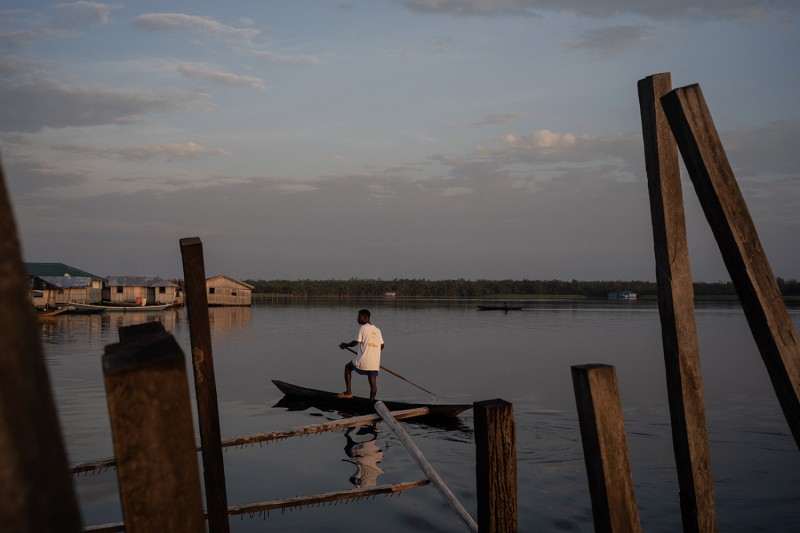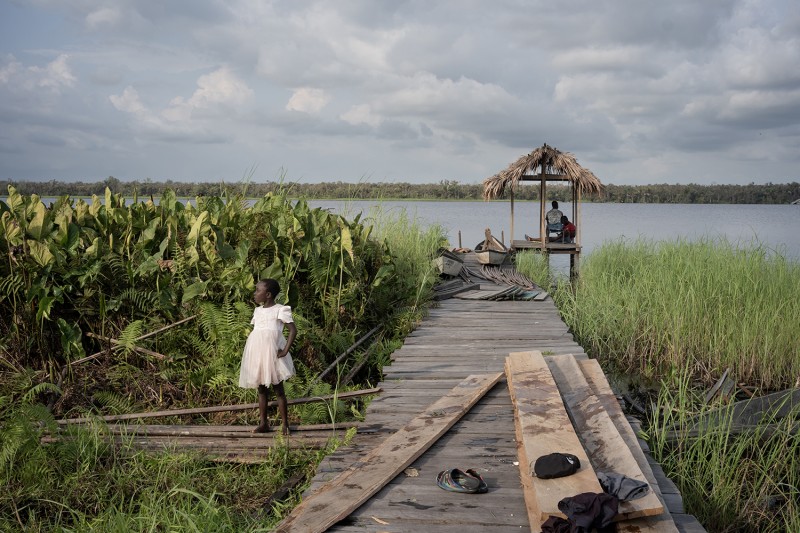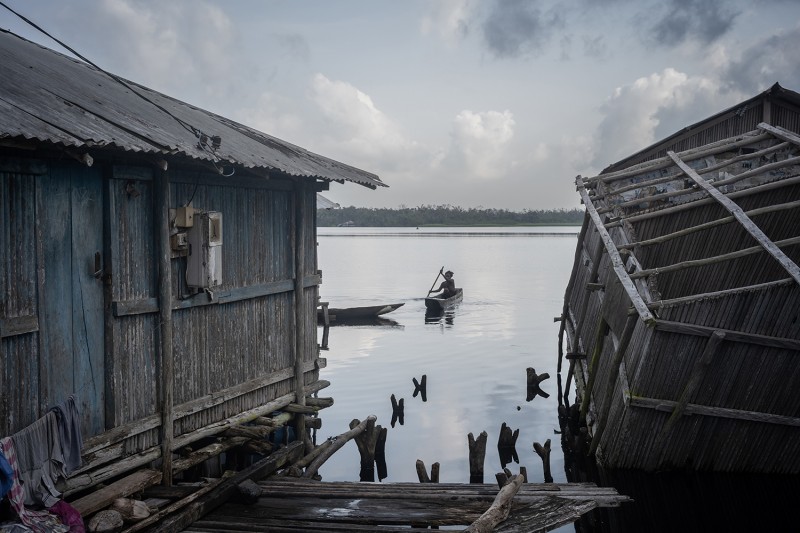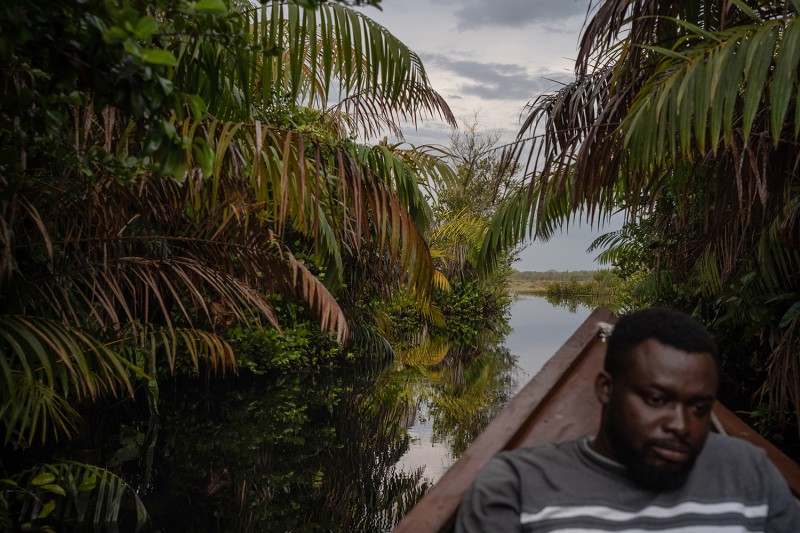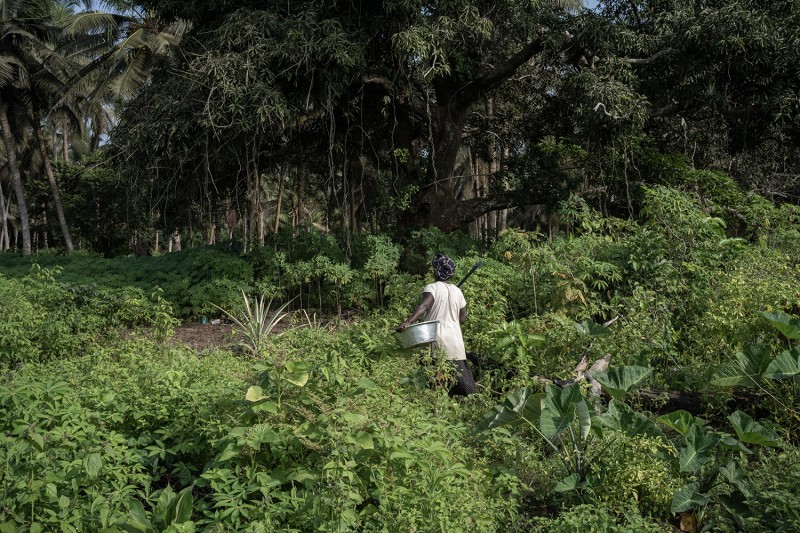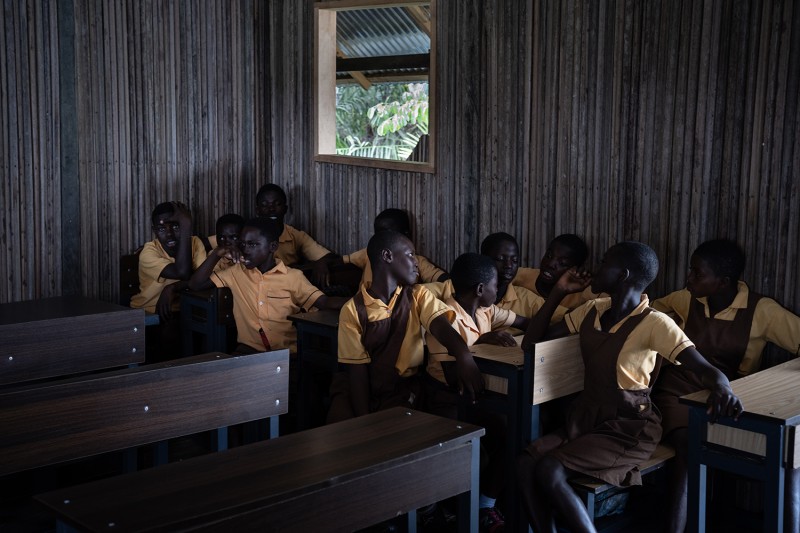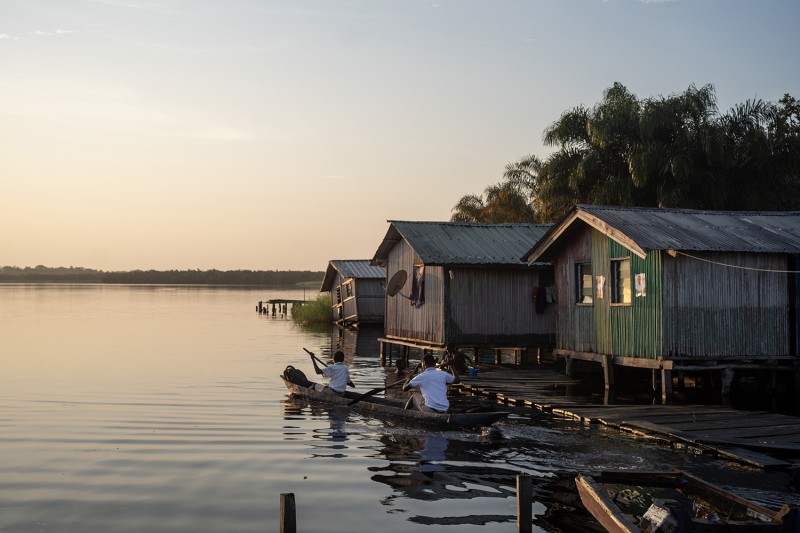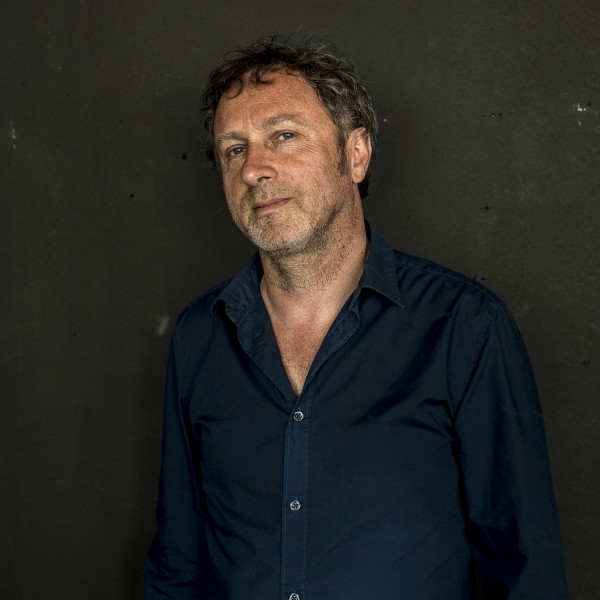Nzulezu
Nzulezu
Didier Bizet
February 6, 2023
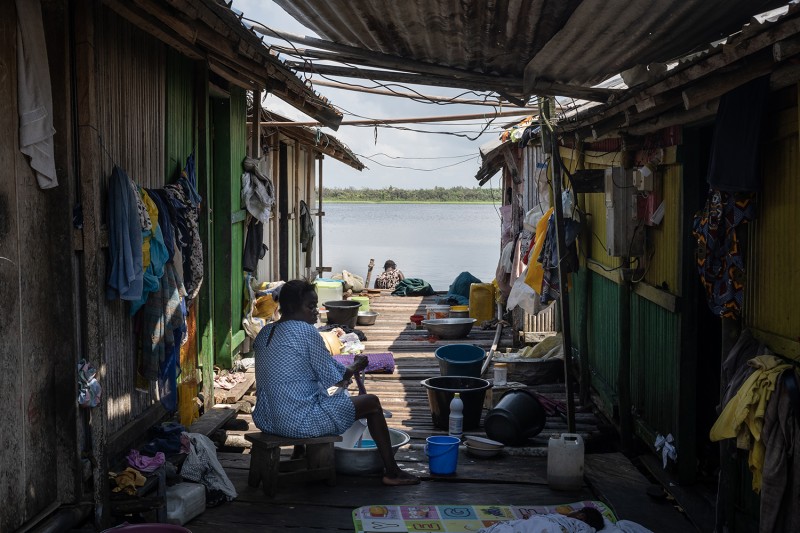
LFI: How did you come up with the theme and the location, and what fascinated you about it?
Didier Bizet: I discovered the existence of this village on stilts, online. When I learned that, according to locals, it had existed since the 15th century, I had to go. Even though villages on stilts have been documented, I considered that this one had a different history. The fact that people live there as they have for centuries is incredible. The beginning of our century changed the way of life in this village a lot. For my own experience, it was important to visualise this location, and also to understand that we don’t follow our instincts any more.
What did you experience on location, and what did you want to show with your pictures?
Except Eritrea, I had no experience in Africa; so it had a cultural impact on my mind. African people have a lot to teach us; they know more than we think about nature. They are linked to nature since they were born. They have a kind of total recognition of what nature can bring them. When I photograph, I try to document from a journalistic point of view, but also, and above all, from a personal point of view. I wanted to show the exemplary simplicity of these inhabitants. Once you remove the ecological problems, the economic constraints, you are left with the beauty of the essentials, which are the water and the forest. They have an incredible opportunity to live in a unique ecosystem. But until when?
Does your series also serve to prevent the danger that Nzulezu is in?
Climate change in Nzulezu is slow. When you talk to poor people about the consequences of climate change, what kind of answers are you expecting? They just want to survive, following their traditions, and expecting peace for the coming years. So yes, if my series could prevent the danger, and at least raise awareness to a minimum level of recognition of these brave people living with nothing, I will be happy.
You photographed in colour. Is this also a means of showing the beauty of the place?
Yes, my point of view is very clear. Colours are the truth; black and white brings a different idea of reality. I think beauty is wonderful in black and white, but I’m not ready to change my perception of beauty when it's linked to reality. When I spent time in the jungle and crossing lagoons, I saw a thousand variations of greens that I had never seen before in my life.
What camera did you use and how was it to work with?
I used a Leica SL2-S. The camera is strong and easy to use in many conditions; the viewfinder is great. The high ISOs are excellent, retouching and managing the extreme lights, low or high, works so well.
Didier Bizet+-
Didier Bizet has worked as an Art Director in Prague and Paris. He began to dedicate himself to photography in 2015. He is drawn to the countries of the former Soviet bloc, using photography as a way to really learn about the environment, where he is looking for the curiosities of modern society in order to better understand them. Didier Bizet is a graduate of the National Art School and holds a degree in Art History. His work has been screened at VISA pour l'image, and his reports have been published in the international press. More

